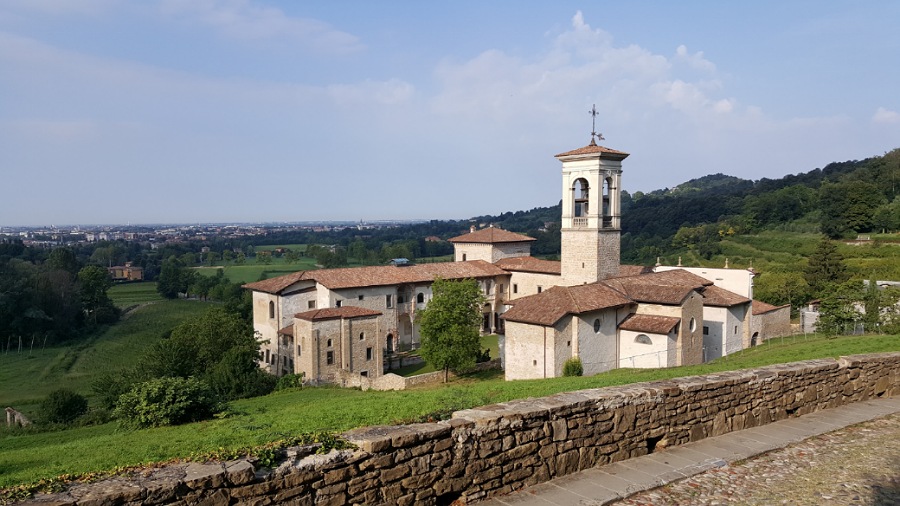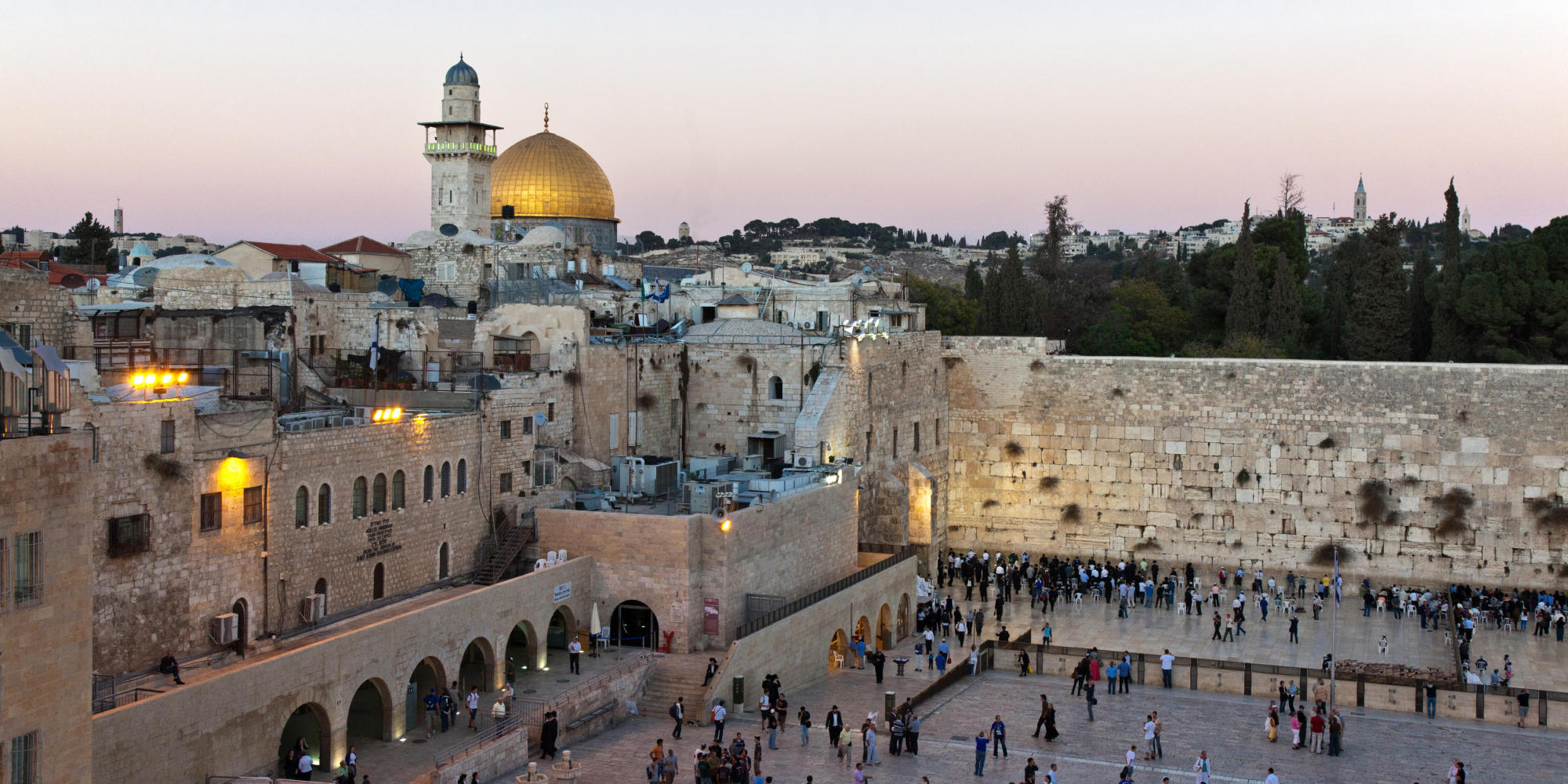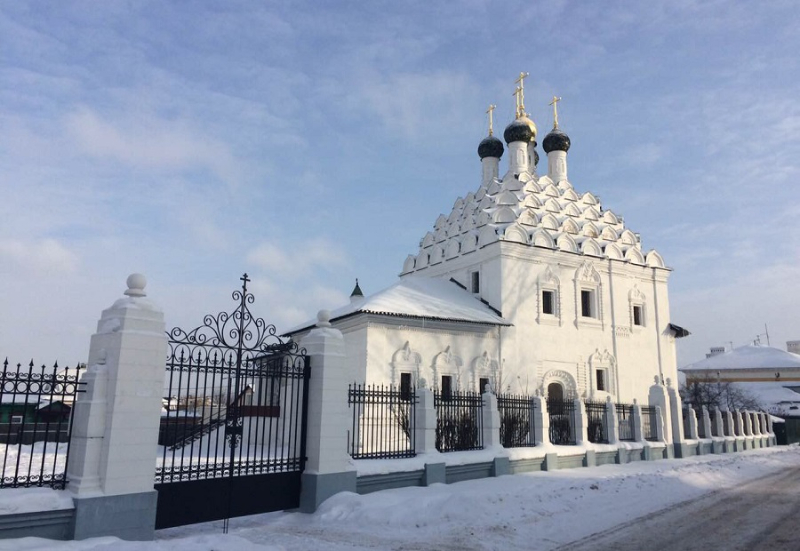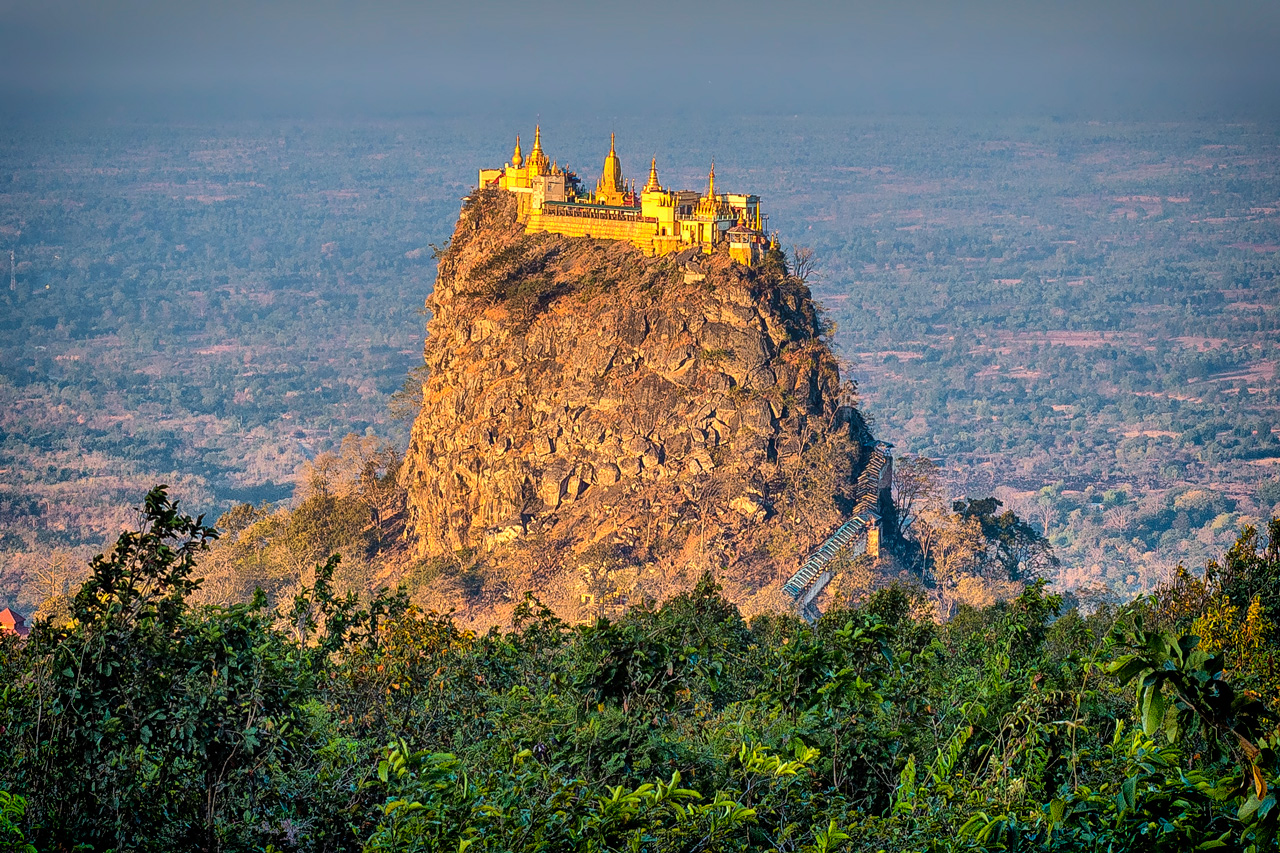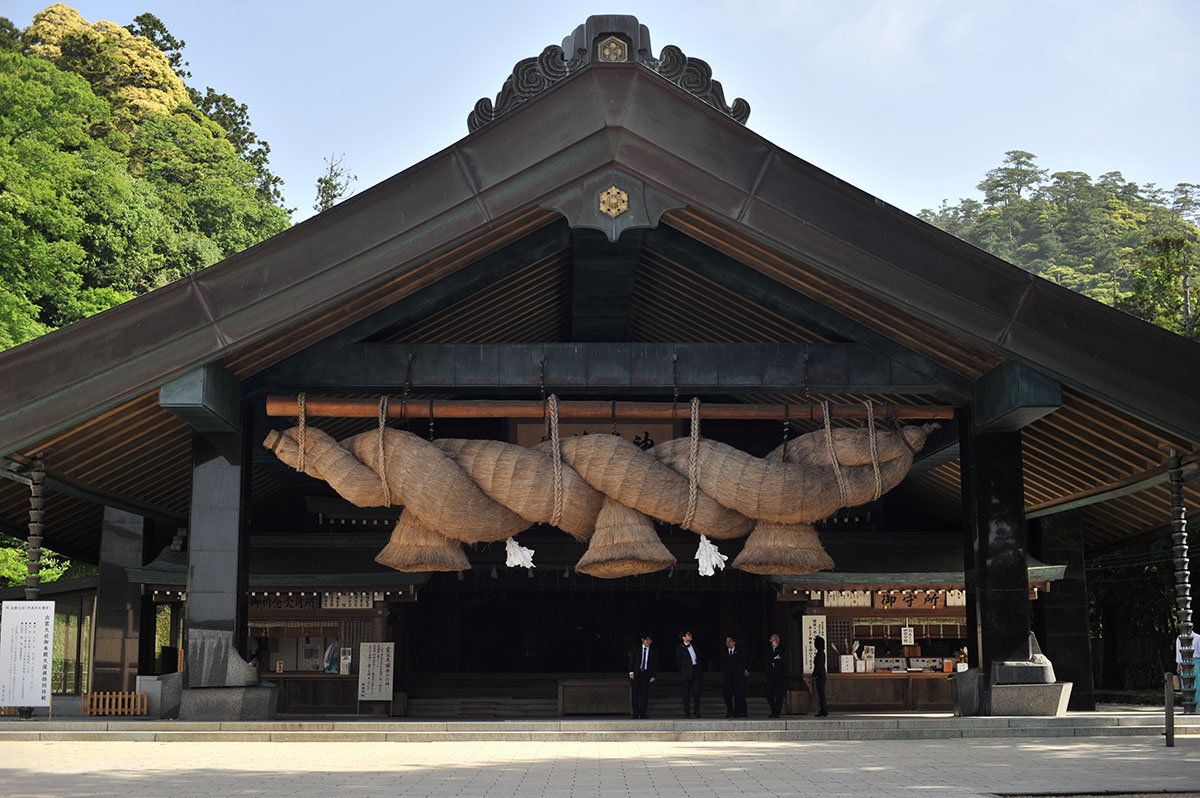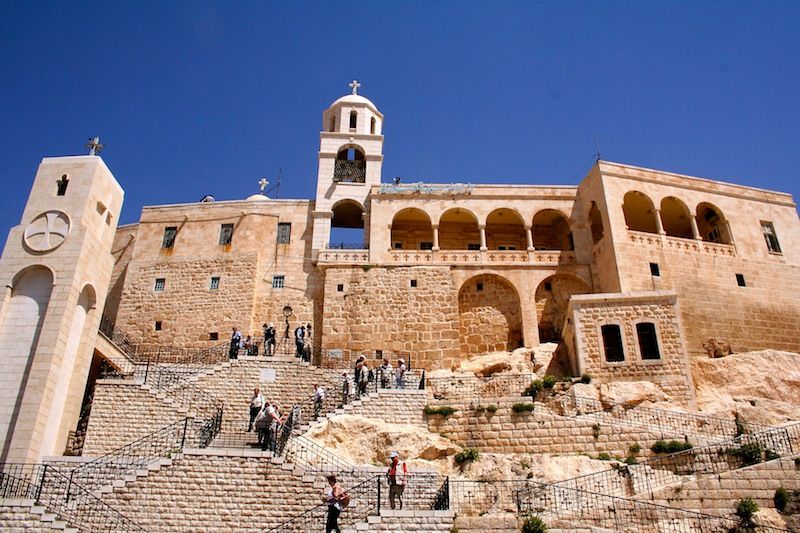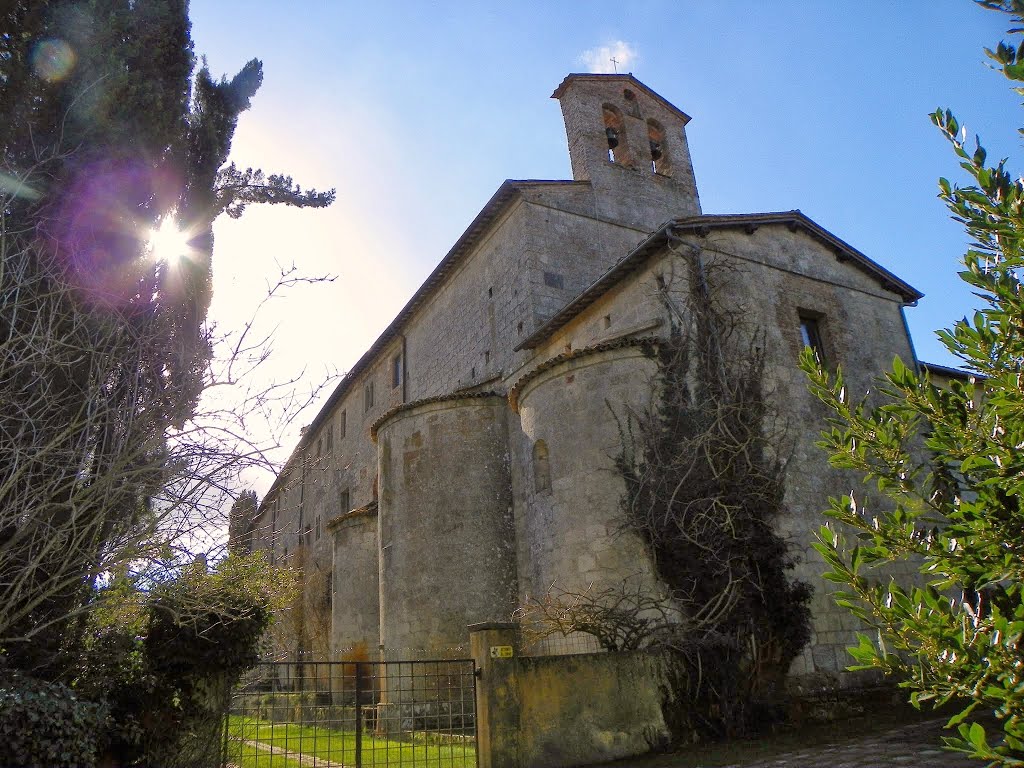The Monastery of Astino, located in the province of Bergamo, more precisely in the district of Longuelo, was built to house the monks of Vallobrosa and its construction dates back to 1070.
The passage of time has been inexorable but its beauty has been brought back to the past thanks to a careful and thorough renovation work that was completed in 2015. Lying between the Allegrezza wood and the Benaglia hill, the Val d’Astino infuses those who visit it with a feeling of peace and quiet. It must not have been by chance that back in 1107 the Vallombrosian monks decided to build their monastery and the annexed church, called the Holy Sepulchre, right here. Between these religious buildings and the territory a very close bond was created, to the point that the name Astino was used indiscriminately to indicate the valley or the monumental complex that rose there. In the second half of the 15th century the monastery of Astino acquired land throughout the province. In 1170 the church was consecrated, and from about 1540 until the end of the century it was restructured and renovated: the east wing was completed, the internal rooms of the south wing and the mighty south-west corner tower was built, which still stands tall in the middle of the valley.
The adjoining church, the Church of the Holy Sepulchre, has a peculiar cruciform structure (a single-nave plan ending in the transept) modified by the addition of a deep choir during the Renaissance. You will find not one, but three altars: the high altar, in a slightly elevated position, then the altar of San Martino and that of the Evangelists, both dating from before 1140. The history of the complex underwent a turning point with the arrival of Napoleon, in 1797: it was suppressed and transformed first into an asylum and then into a farm; in 1923 it was finally sold to private owners.
